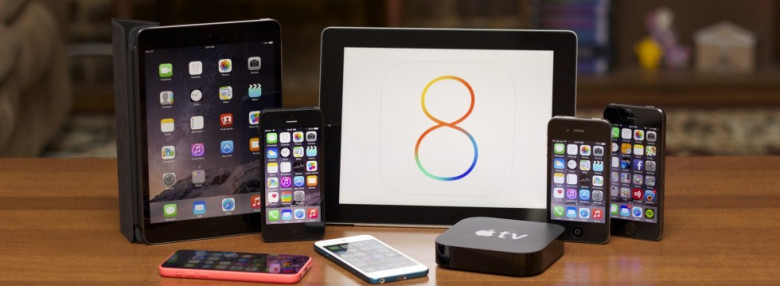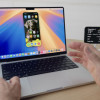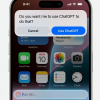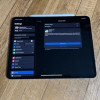iOS 8, thoroughly reviewed
"Huge for developers. Massive for everyone else."
That was Apple's tagline for iOS 8 when the software was announced at the company's Worldwide Developers Conference back in June. Overuse of hyperbole is a pet peeve of mine, but after using iOS 8 for a couple of months, I have to say that they're warranted in this case. iOS 7 was a comprehensive makeover for an operating system that needed to reclaim visual focus and consistency. iOS 7.1 improved stability and speed while addressing the new design's worst shortcomings and most egregious excesses. And iOS 8 is the update that turns its attention from the way everything looks to the way it works.
Just as iOS 6's look had begun to grow stale by the time 2013 rolled around (six years is a pretty good run, though), iOS' restrictions on third-party applications and UI customization now feel outdated. Sure, back in 2007, slow processors and small RAM banks required a strict, Spartan approach to what apps could do and the ways they could interact. But now, our smartphones and tablets have become powerful mini-computers in their own right. Competing platforms like Android, Windows, and Windows Phone have all demonstrated that it's possible to make these little gadgets more computer-y without tanking performance or battery life.










































































